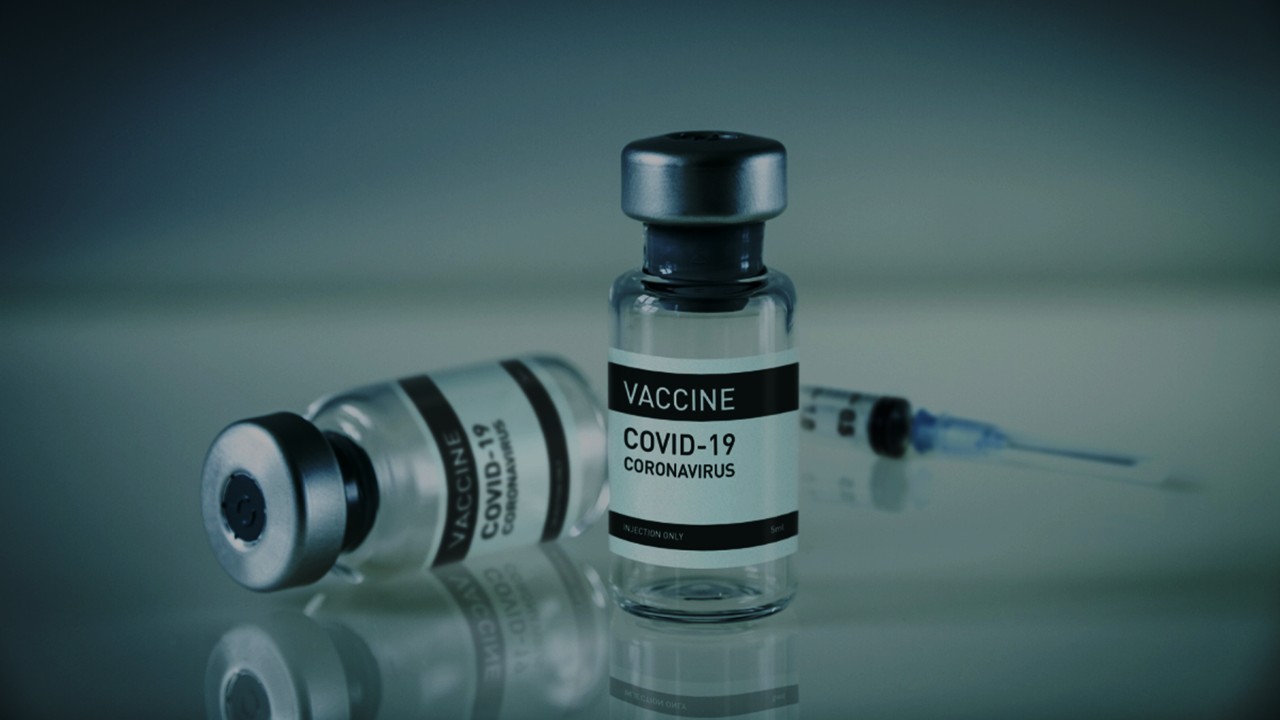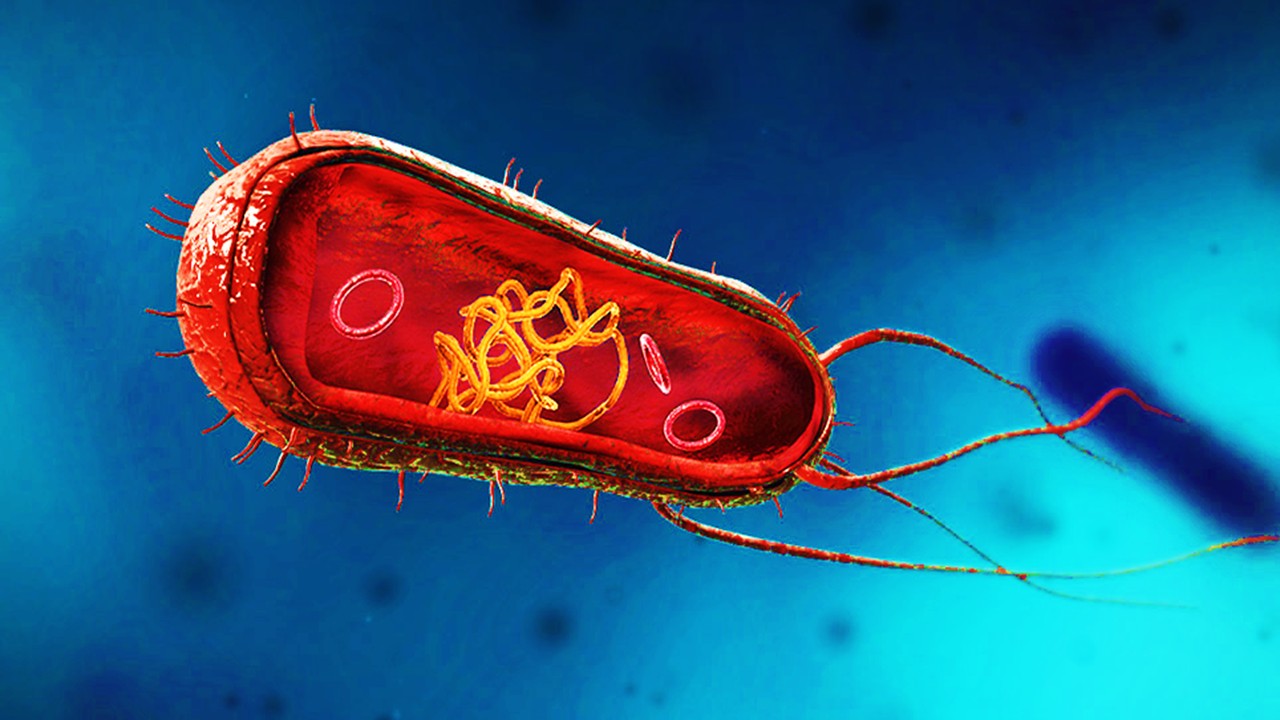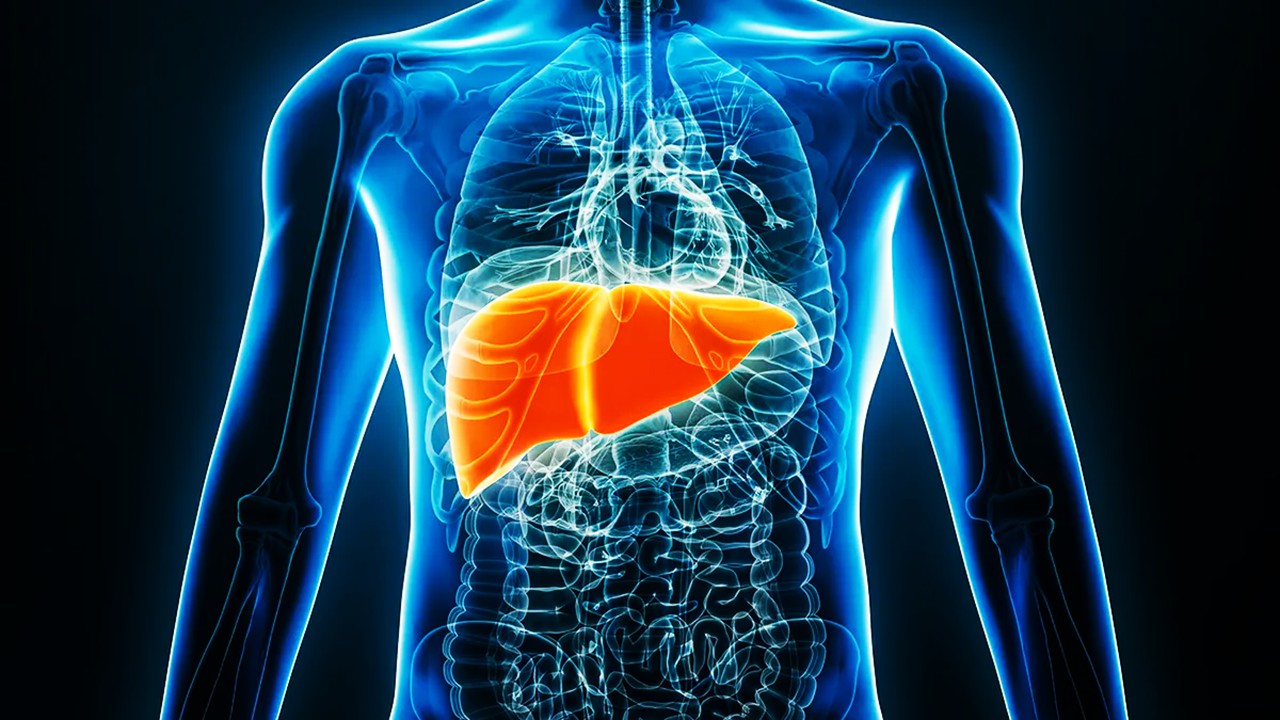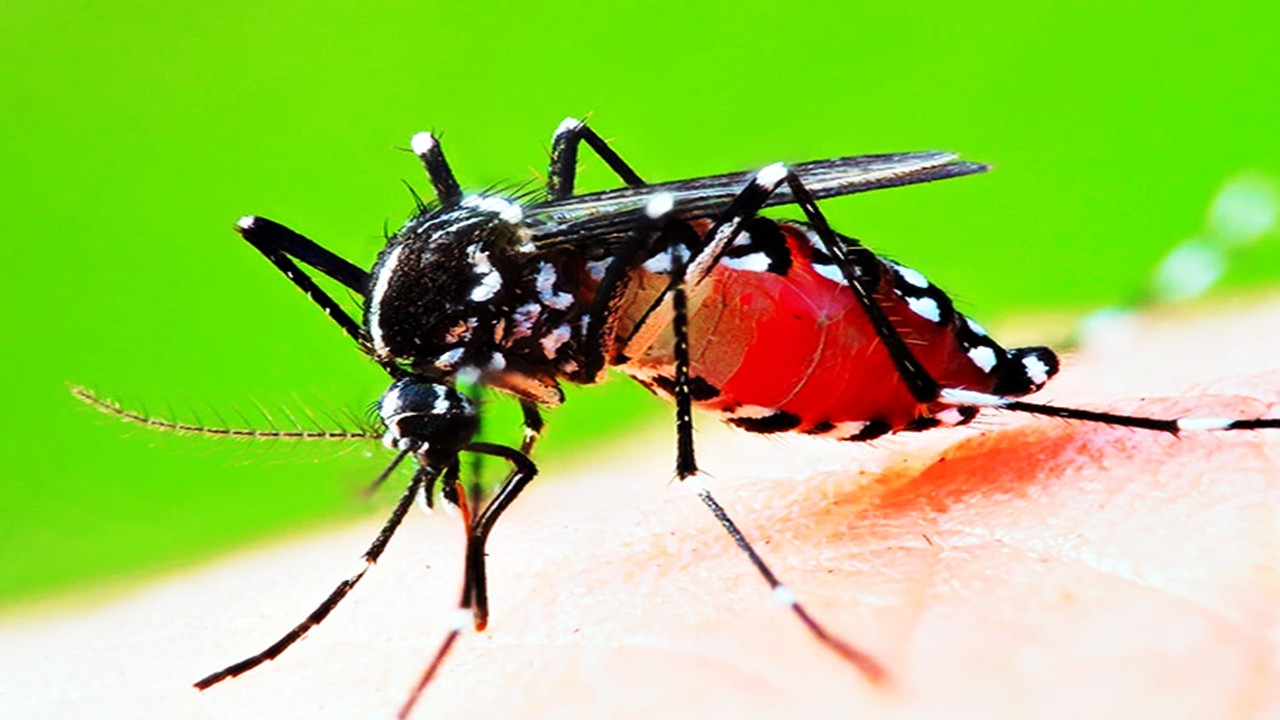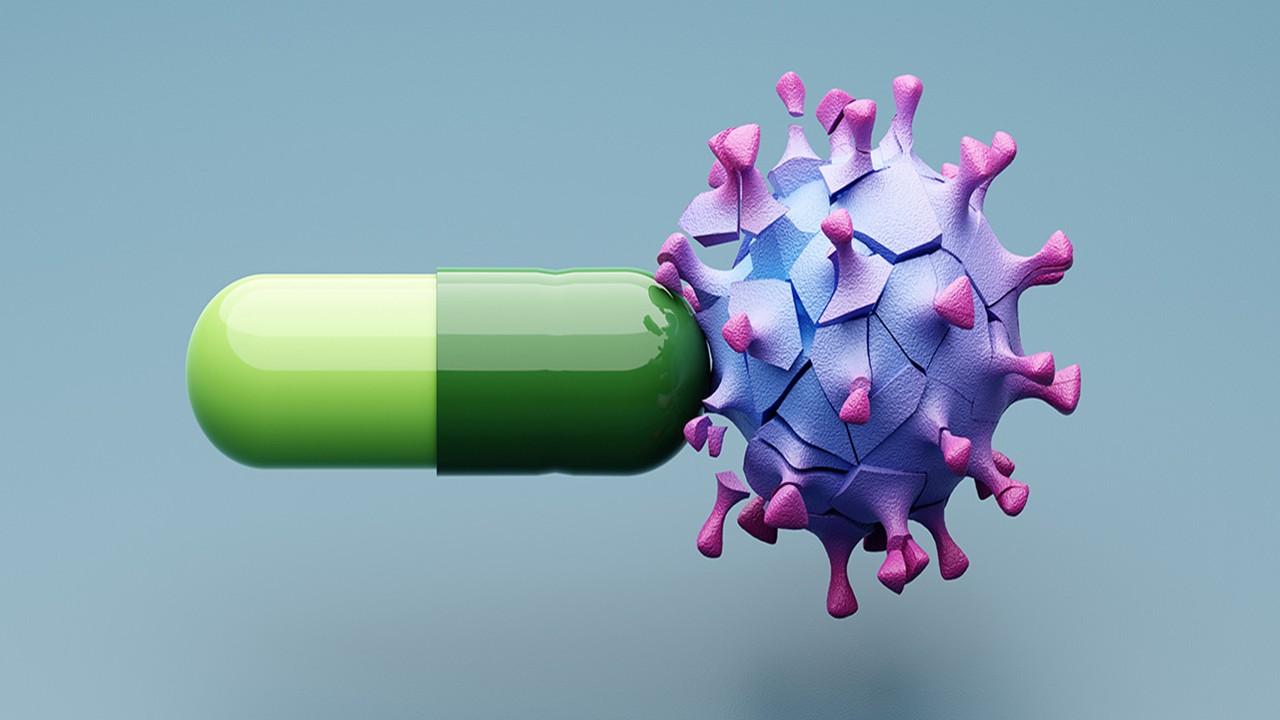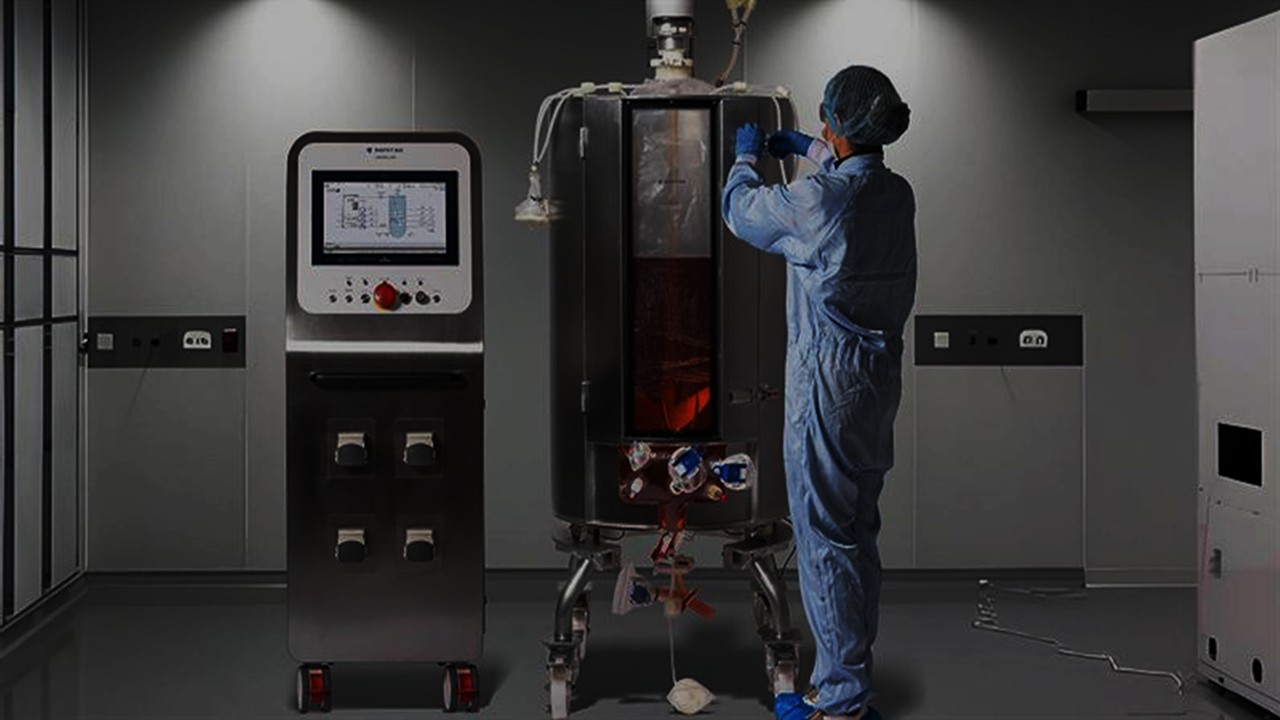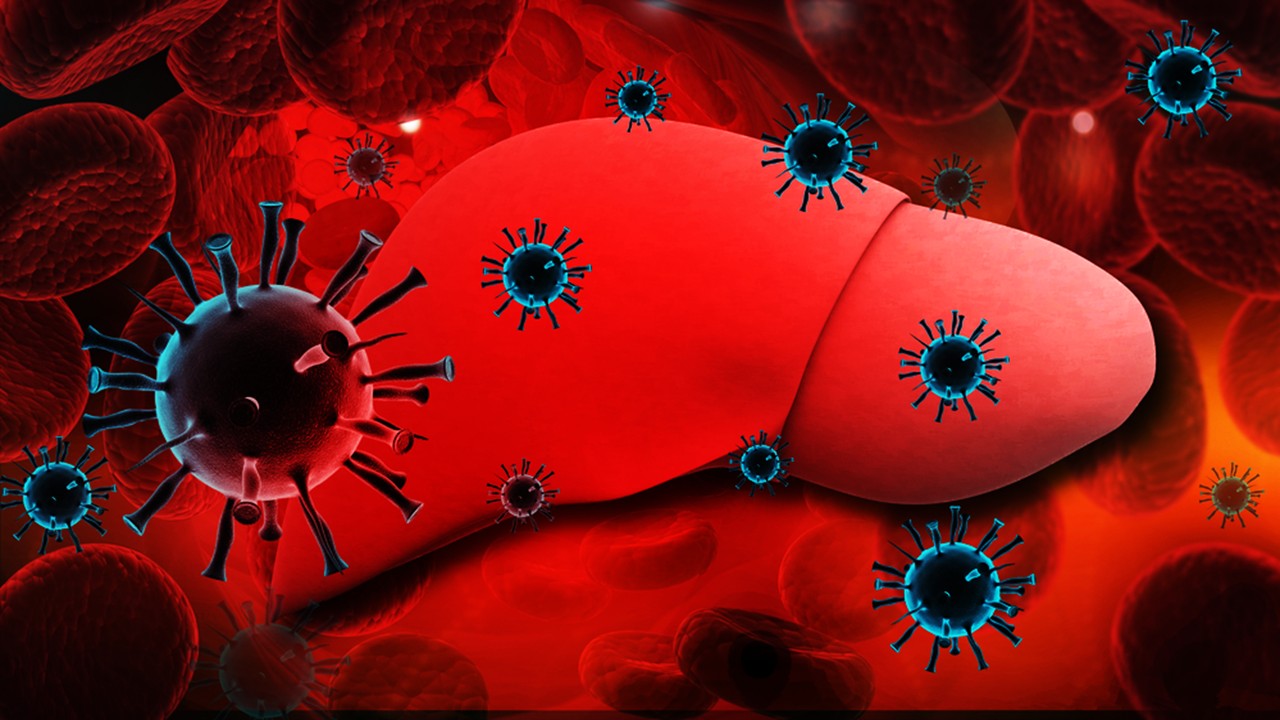Cells in Flux: The Dynamic Nature of the Extracellular Matrix
Life, at its core, is a study of constant flux. Nowhere is this more apparent than in the cellular microenvironment, where the extracellular matrix (ECM)—a complex network of proteins, sugars, and other molecules—provides a highly dynamic scaffold for cellular function. Far from being a static structure, the ECM is a vital player in cell migration, proliferation, and differentiation.
Embryogenesis, wound healing, and even routine vascular activity illustrate the ECM’s role in translating environmental mechanical and chemical signals into cellular behaviors. This interplay is a dynamic, bidirectional process. Cells modify their ECM through structural protein deposition and degradation, while the ECM reciprocally directs cellular responses. From cardiac tissue morphogenesis induced by maternal blood flow to bronchial stretching guiding lung development, the ECM’s role in mechanotransduction—the conversion of mechanical stimuli into biochemical signals—is indispensable.
Yet, understanding the full spectrum of these processes has remained elusive, largely because conventional experimental setups impose static conditions on cells. The challenge lies in mimicking the spatiotemporal variability of the ECM. Enter stimuli-responsive materials, an innovative solution designed to systematically study and control cellular interactions in real time.
Stimuli-Responsive Materials: A Gateway to Dynamic Cellular Microenvironments
Stimuli-responsive materials (SRMs) are at the forefront of a new era in cell biology. These materials are engineered to react predictably to external cues such as light, heat, or magnetic fields. Unlike traditional substrates, SRMs introduce dynamic, controllable changes in their physical and chemical properties, including stiffness, topography, and degradability. This allows researchers to systematically vary environmental conditions and observe cellular responses at multiple scales.
The key to SRMs lies in their reversibility and adaptability. For instance, light-responsive hydrogels can undergo targeted stiffening upon UV irradiation, while magneto-responsive materials can change their mechanical properties by aligning embedded particles within an external magnetic field. This tunable nature enables real-time study of cell mechanotransduction and migration.
Beyond stiffness and topography, chemical responsiveness in SRMs introduces new dimensions to cellular studies. pH-responsive polymers, for example, react to environmental acidity, mimicking the metabolic shifts seen in cancer or inflammation. Meanwhile, multi-responsive materials capable of simultaneous reactions to multiple stimuli—such as temperature and pH—open doors to complex, multi-factorial experiments that more accurately represent in vivo conditions.
Stiffness and Cellular Adaptation: A Dynamic Relationship
One of the most studied properties of SRMs is their ability to mimic and manipulate tissue stiffness. Substrate stiffness has long been recognized as a key determinant of cell fate, guiding stem cell differentiation and influencing cellular adhesion and migration. For instance, softer substrates promote the differentiation of mesenchymal stem cells into adipocytes, while stiffer substrates favor osteogenesis.
SRMs take this concept further by enabling on-demand stiffness changes. Researchers have employed light-activated hydrogels to transform substrate stiffness from soft to rigid within minutes, observing corresponding changes in cell morphology and protein expression. In 3D environments, SRMs have been used to investigate how cells spread and interact within a dynamically stiffening matrix.
Interestingly, these studies suggest that cells possess a form of “mechanical memory.” Cells cultured on stiffer substrates retain certain phenotypic traits even when moved to softer environments. Such insights have profound implications for understanding diseases like cancer, where ECM stiffening often precedes tumor progression.
Geometry as a Cue: Dynamic Topographies and Their Cellular Effects
Cells are not only sensitive to mechanical stiffness but also to the geometrical cues provided by their substrates. Topographical features, from grooves and wrinkles to nanopillars, influence cellular orientation, migration, and cytoskeletal organization. SRMs capable of dynamically altering topography provide an unprecedented opportunity to study these processes in real time.
Using light-responsive polymers, researchers have induced reversible changes in substrate topography, observing how cells reorient along newly formed grooves or avoid curved surfaces. These responses often involve the reorganization of focal adhesion complexes and the actin cytoskeleton, highlighting the intricate connections between cellular structures and their environment.
Dynamic topographies also reveal the adaptability of cellular migration. For example, cells exhibit “curvotaxis,” a phenomenon where migration is directed by the curvature of their substrate. The ability to modulate these curvatures on demand with SRMs offers a powerful tool for dissecting the underlying mechanisms.
Mechanotransduction and Epigenetics: Forces that Shape the Genome
At the heart of cellular mechanotransduction lies the nucleus, which acts as both a sensor and a responder to external mechanical cues. Forces transmitted through the cytoskeleton via the linker of nucleoskeleton and cytoskeleton (LINC) complex can deform the nuclear membrane, alter chromatin architecture, and influence gene expression.
SRMs provide an exciting platform for exploring these nuclear responses. In studies using dynamically stiffening hydrogels, nuclear deformation was shown to correlate with changes in chromatin condensation and histone acetylation. These epigenetic modifications, in turn, regulate the accessibility of transcription factors and influence gene expression patterns.
The ability to study such processes dynamically is critical for understanding cellular memory of mechanical environments. For instance, prolonged exposure to stiff substrates increases histone acetylation, creating a permissive chromatin state that biases stem cells toward specific differentiation pathways. This insight has profound implications for regenerative medicine and cancer research, where reprogramming cellular memory could influence therapeutic outcomes.
Challenges and Future Directions
While SRMs hold immense promise, their development and application come with challenges. Current materials often rely on invasive stimuli such as UV light or high temperatures, which may damage cells. Enhancing biocompatibility and developing materials responsive to gentler stimuli like near-infrared light or low-intensity magnetic fields will be crucial.
Moreover, most SRM studies focus on isolated mechanical or chemical cues. However, in vivo environments present cells with a complex interplay of signals. Developing multi-responsive materials capable of mimicking this complexity is a critical next step. For example, combining dynamic topographical and stiffness cues with biochemical gradients could provide a more holistic understanding of cellular behavior.
Finally, scaling SRM applications from 2D to 3D remains a significant challenge. Cells cultured in 3D environments exhibit different mechanobiological behaviors compared to those on 2D substrates. Advancing SRM technologies to include encapsulated, dynamically tunable 3D systems will be essential for bridging the gap between in vitro models and physiological conditions.
Modern Dynamism for Cellular Dynamics
Stimuli-responsive materials represent a paradigm shift in the study of cellular dynamics. By mimicking the ever-changing nature of the ECM, these materials enable unprecedented insights into cell behavior, from migration and differentiation to mechanotransduction and epigenetic regulation. As the field evolves, SRMs promise to unlock new avenues in regenerative medicine, cancer research, and beyond, transforming our understanding of the complex interplay between cells and their microenvironments.
Study DOI: https://doi.org/10.1016/j.smaim.2022.01.010
Engr. Dex Marco Tiu Guibelondo, B.Sc. Pharm, R.Ph., B.Sc. CpE
Editor-in-Chief, PharmaFEATURES

Subscribe
to get our
LATEST NEWS
Related Posts

Pathophysiology & Experimental Medicine
Autism Disentangled: FOXG1 Drives Neural Imbalance in the Developing Brain
If FOXG1 overexpression can be modulated, either genetically or pharmacologically, it may be possible to correct the neurodevelopmental imbalances underlying ASD.

Pathophysiology & Experimental Medicine
Eternal Lip Layers: Unlocking the Human Keratinocyte Potential
The lips, long celebrated for their role in communication and aesthetics, now stand at the forefront of scientific innovation.
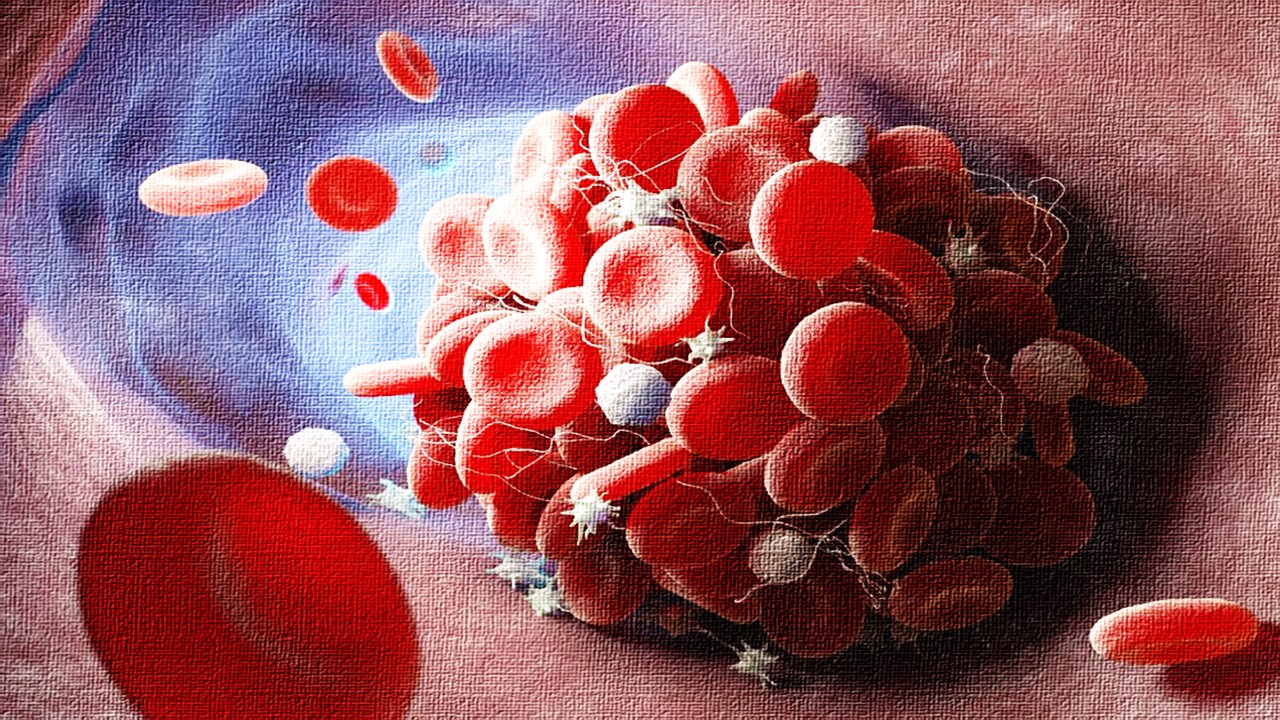
Pathophysiology & Experimental Medicine
Thrombosis-Free Surfaces: Preventing Blood Clot Formation on Medical Implants Through Selective Protein Interactions
The synthesis and mechanisms of SPI coating are explored, evaluating its potential to overcome the limitations of traditional antifouling surfaces.
Read More Articles
Mini Organs, Major Breakthroughs: How Chemical Innovation and Organoids Are Transforming Drug Discovery
By merging chemical innovation with liver organoids and microfluidics, researchers are transforming drug discovery into a biologically precise, patient-informed, and toxicity-aware process.
Tetravalent Vaccines: The Power of Multivalent E Dimers on Liposomes to Eliminate Immune Interference in Dengue
For the first time, a dengue vaccine candidate has demonstrated the elusive trifecta of broad coverage, balanced immunity, and minimal enhancement risk,





